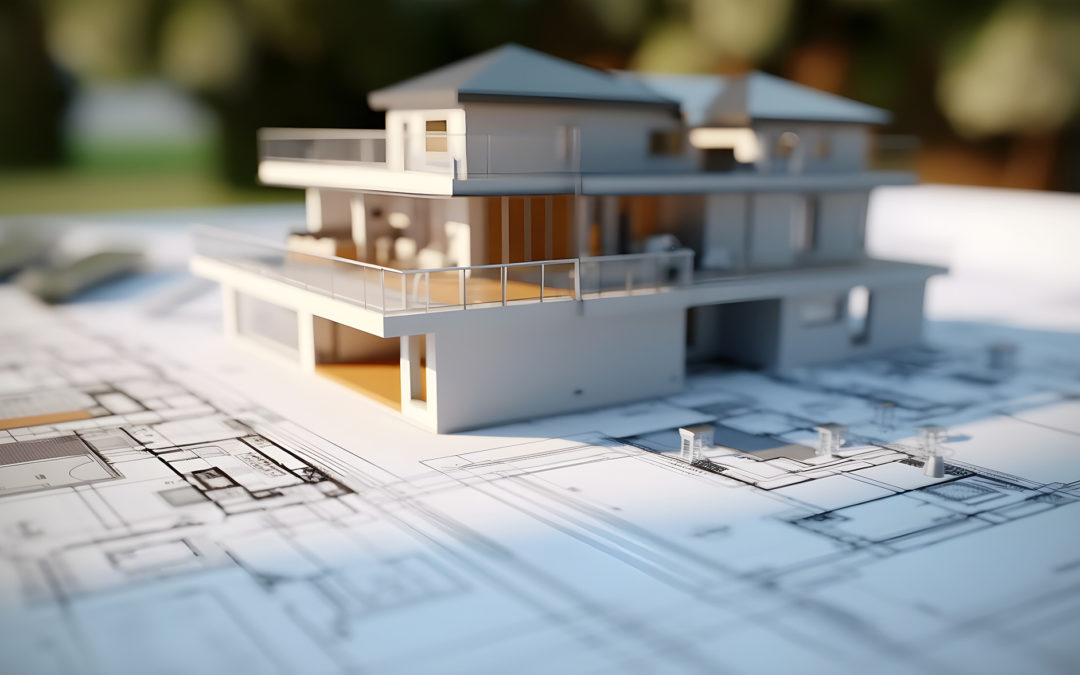London, a city steeped in a diverse and storied architectural legacy, the convergence of history and the promise of the future becomes palpable. This metropolis, with its deep-rooted architectural heritage and ever-evolving urban panorama, stands as a living testament to the harmonious coexistence of tradition and innovation. In every corner, London narrates a compelling tale of architectural evolution, where centuries-old structures stand shoulder to shoulder with cutting-edge, avant-garde designs. As the beating heart of the United Kingdom, London’s skyline bridges the temporal divide, where iconic landmarks from bygone eras cast their shadow upon modern marvels, forging a cityscape that is both a journey through time and a projection into the future. The essence of London lies in its ability to seamlessly blend historical charm with the relentless pursuit of architectural ingenuity, creating a metropolis where each street corner offers a glimpse into the city’s rich and multifaceted architectural tapestry.. As an architect or developer, your role in shaping the city’s skyline is both exciting and challenging. Amidst the creative process and project management, one aspect that demands meticulous attention is building regulation drawings.
Building regulation drawings are the blueprint for ensuring that your construction project complies with the stringent regulations and codes enforced in London. These drawings are more than just a legal requirement; they are the foundation for safe, efficient, and compliant construction. In this blog, we’ll provide you with a comprehensive checklist of what every architect and developer needs to know about building regulation drawings in London.
Understanding the Purpose
Before delving into the specifics, it’s crucial to understand the fundamental purpose of building regulation drawings. These drawings serve as a detailed guide for construction, ensuring that the building meets all safety, structural, accessibility, and energy efficiency standards set forth by the local authorities.
Local Authority Approval
In London, your building regulation drawings must be submitted to the local authority, typically the borough council, for approval before construction begins. Ensure you are well-versed in the specific requirements and procedures of the borough where your project is located.
Working with Experienced Architects
Collaborating with architects who have experience in London’s architectural landscape is invaluable. They are familiar with the local regulations, codes, and even the nuances of historic preservation, which can significantly impact your project.
Detailed Floor Plans
Your building regulation drawings should include comprehensive floor plans that clearly indicate the layout of each floor, including rooms, walls, doors, windows, and staircases. This helps assess spatial planning, circulation, and safety.
Elevations and Sections
Elevations and sections provide a three-dimensional understanding of the building’s exterior and interior. They should detail the heights of walls, windows, and doors, as well as structural elements like beams and columns.
Site Plan
A site plan is essential for understanding how the building relates to its surroundings. It should include property boundaries, access routes, parking, landscaping, and drainage solutions.
Fire Safety Measures
Given the density of London and the importance of fire safety, your drawings must include provisions for fire escapes, evacuation routes, and the placement of fire safety equipment.
Structural Details
Comprehensive structural details, including foundation plans, framing plans, and specifications for materials and connections, are vital to ensure the building’s stability and safety.
Accessibility Considerations
Incorporate features that make the building accessible to individuals with disabilities. This includes ramps, elevators, accessible bathrooms, and adequate signage.
Energy Efficiency
London places a strong emphasis on energy efficiency and sustainability. Your building regulation drawings should demonstrate compliance with energy efficiency standards, including insulation, heating, ventilation, and lighting systems.
Mechanical and Electrical Systems
Detail the layout and specifications of mechanical and electrical systems, such as HVAC, plumbing, and electrical wiring. Compliance with safety standards is paramount.
Materials and Finishes
Specify the materials and finishes to be used in the construction, ensuring they meet safety, durability, and aesthetic requirements.
Heritage Considerations
If your project involves a heritage building or is located in a conservation area, your drawings must adhere to specific guidelines to preserve the historical character of the area.
Sustainability Features
Highlight any sustainable design features, such as solar panels, rainwater harvesting, or green roofs, as they can influence the approval process and sustainability credentials of your project.
Consultation and Communication
Effective communication with relevant authorities, consultants, and stakeholders is key. Consultation with structural engineers, fire safety experts, and accessibility consultants may be necessary to ensure compliance.
Continuous Review and Updates
Building regulation drawings are not static documents. They may need to be updated as the project progresses or in response to feedback from authorities. Stay engaged in the review process and be open to necessary revisions.
On-Site Inspections
Throughout construction, local authorities will conduct inspections to ensure that the work aligns with the approved building regulation drawings. Be prepared for these inspections and address any issues promptly.
Record-Keeping
Maintain meticulous records of all communication, revisions, and approvals related to your building regulation drawings. This documentation can be invaluable in case of disputes or future reference.
Professional Advice
When in doubt, seek professional advice. Experienced architects, consultants, and legal experts can help navigate complex regulations and ensure compliance.
Stay Informed
Finally, the landscape of building regulations and codes is continually evolving. Stay informed about changes in London’s building regulations to ensure that your projects remain compliant.
In conclusion, building regulation drawings are the backbone of a successful construction project in London. They ensure safety, compliance, and efficiency, and are essential for obtaining the necessary approvals. By following this checklist and working with experienced professionals, architects and developers can navigate the complex regulatory landscape of London with confidence, bringing their architectural visions to life while adhering to the highest standards of quality and safety.
At Lizben Consult, we have a deep understanding of London’s architectural context and a wealth of experience in creating building regulation drawings that meet the city’s exacting standards. Contact us today to discuss your project and how we can assist you in achieving your architectural goals while ensuring regulatory compliance. Together, we can shape the future of London’s skyline while preserving its rich architectural heritage.


